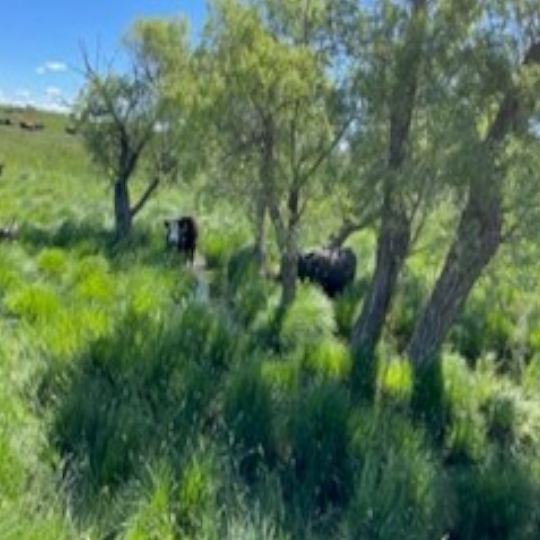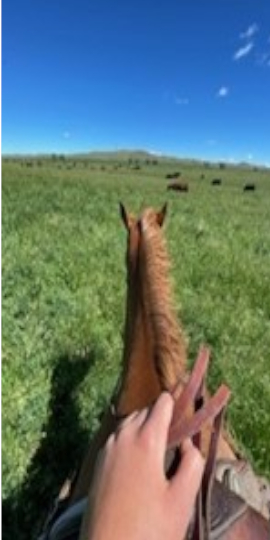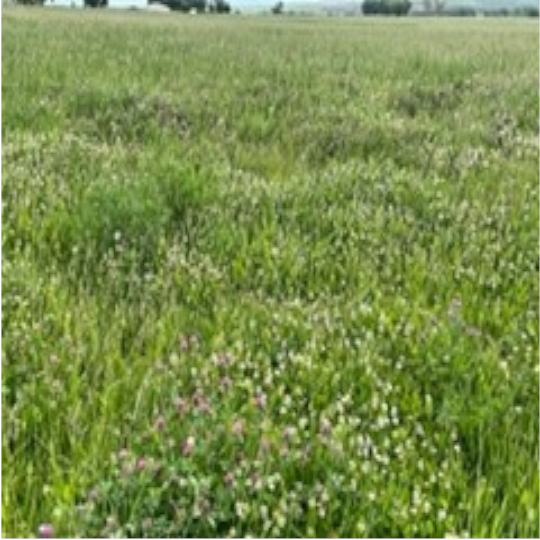Irrigating, Changing Pasture, Preparing to Hay

#bfrdpwy #aginternship #RightRisk
This week, in regard to irrigation practices, I finished flood irrigating a portion of a pasture with the use of dams. I also operated a small side roll, with assistance, in tandem with a pivot to ensure that an entire pasture was thoroughly irrigated.
This week we moved cows twice through relatively small pastures. I was able to experience pushing remaining cattle in the previous pasture into their new pasture via horseback riding, which was a very interesting experience in comparison to herding via ATV or four-wheeler. Horses and cattle have an established hierarchy that is fascinating and the horses are very well equipped to nudge and bite calves to encourage them to move.

It is also different how the calves interact with the horses. On [an] ATV, cattle will run away from the vehicle in the direction in which you are pushing them from the back or side. On horseback, sometimes calves would prefer to follow the horse and are more attracted to them versus prone to run from them. I really enjoyed practicing saddling and riding again this week and hope to continue learning more about riding in the coming weeks.
In the past week, we also prepared to begin haying by hooking up and cleaning the swather. We replaced a broken PTO shaft, filled two flat tires, drained the oil, and cleaned the blades on the swather to ready it for the coming week. I learned that you want to time haying in relation to the predicted precipitation events because you do not want cut hay to get too wet after it is swathed due to the effect on the protein content.
One facet of Holistic Resource Management that I learned about this week was capitalizing [on]off the relationship between cattle and the natural environment by placing feeders in patches of invasive plants. As the cattle crowd around the feeder to eat, they will trample the invasive plants, specifically leafy spurge, which serves as a natural tool for weed management.
I would challenge how dams could be created more efficiently in an inexpensive way. I wonder what could be used to make a more effective dam that requires less human intervention at the same cost as the tarp and wooden triangle method.
This week, we had two calves, one dead and one ill, affected with scours. I wonder what, in either the feed or in the pasture, could be causing the high incidence of scours and how that plant variety or other affliction could be eliminated.
How do you prevent scours? How can you help a calf who has not yet died from scours but is ill with it? How do different horses develop unique apprehensions to things like walking through water or across bridges? How do you break a horse to decrease those apprehensions? How does adding garlic powder to mineral feed benefit the cows?
I plan to use what I’ve learned over the past week to continue pushing thinking pathways that seek to take advantage of the relationship between animals and the land. I would like to use this information to pursue research on how cattle fulfill the previous roll of bison as grazing animals in western environments. This information would be useful in the career of someone who studies rangeland ecology.

Submitted by: Jamie Kaste
Edited by: GrowinG Internship Team

